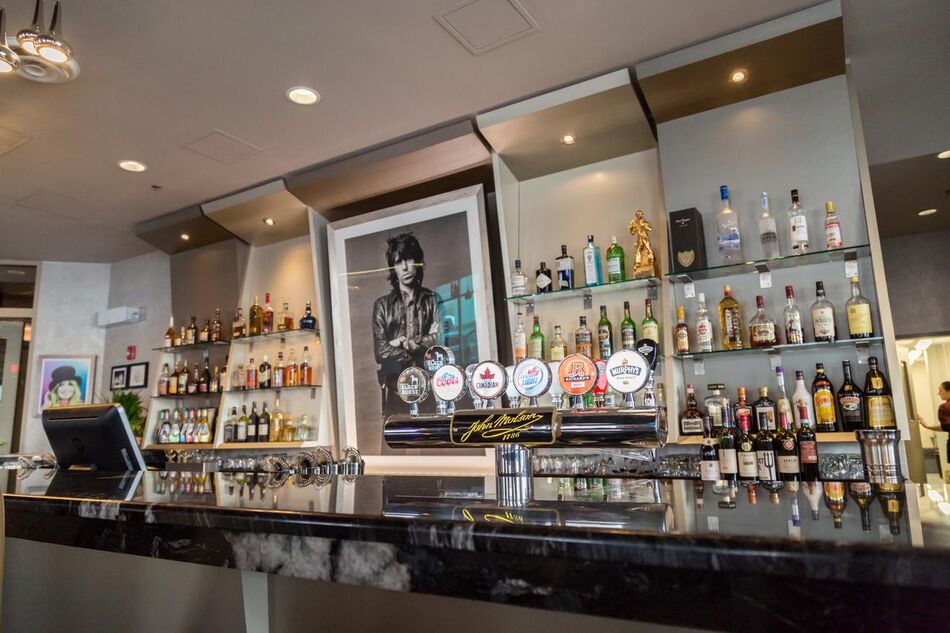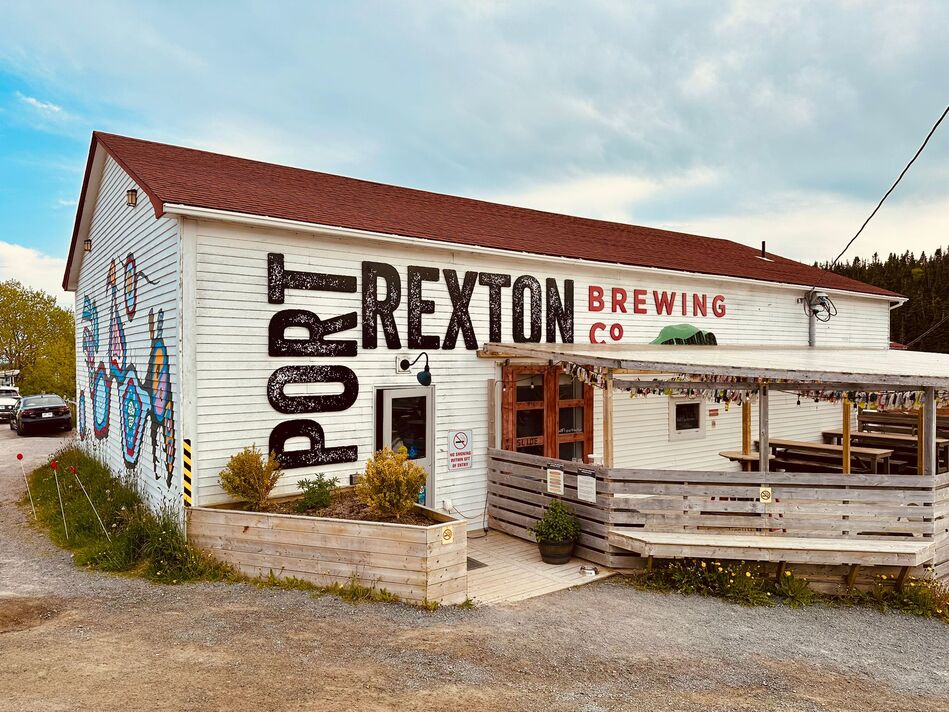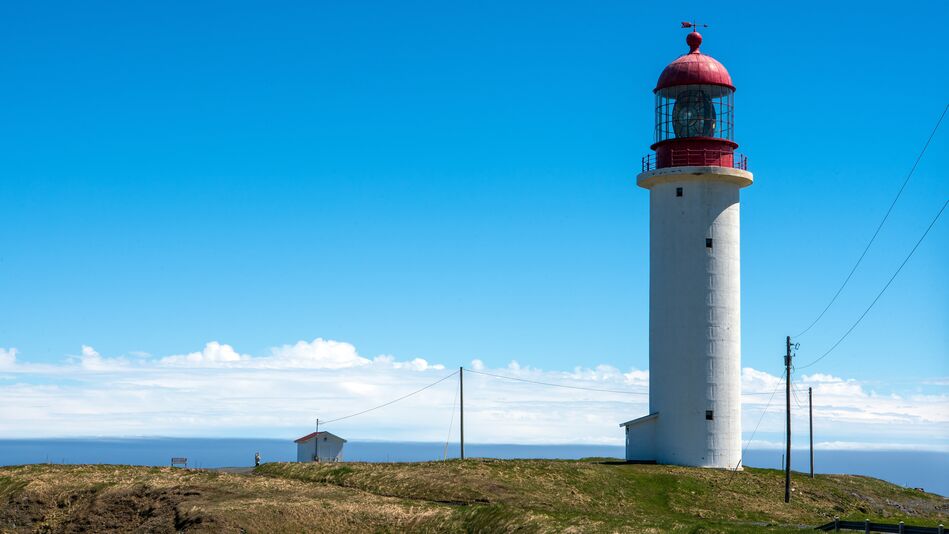Article content
22 July 2025 by Rui Ribeiro
There are few places in the world where you can stand at the very edge of a continent, where the sun rises first, and history runs deep through the land and the people. Newfoundland and Labrador is one such place. It’s raw and rugged, yet filled with warmth and spirit. A land where the wilderness and the sea command awe, and where every community, no matter how small, brims with heart and heritage.
From ancient Viking settlements to the first European outposts in the New World, this province – barely part of Canada for 75 years – feels both old and new at once. Over the course of a week, I journeyed from colourful St. John’s to the cliffs of Bonavista and Port Rexton. Along the way, I encountered breaching whales, nesting puffins, iceberg-dotted seas, and some of the most welcoming people I’ve ever met.
St. John's: A City like no other
My journey began in St. John’s, Newfoundland’s capital – a city that immediately charmed me with its unique blend of old-world character and creative energy. It’s one of the oldest cities in North America, and you can feel that history as you wander its narrow, winding streets. Homes in a riot of colour, locally dubbed Jellybean Row, line the steep hillsides, while the harbour below bustles with life.
I spent time exploring Quidi Vidi, a picturesque village tucked within the city limits. It felt like stepping into the past, with quaint fishing stages hugging the water’s edge and artisan shops dotted among the cottages. From there, I hiked up to Signal Hill through the charming Battery neighbourhood, where colourful clapboard houses cling defiantly to cliffs battered by ocean winds. The trail led me to Cabot Tower, a gothic landmark that once played host to Marconi’s groundbreaking reception of the first transatlantic wireless signal in 1901. The views over the Atlantic were unforgettable.
At the top of Signal Hill, I imagined the soldiers who once guarded this strategic point, and the signalmen who watched the sea for arriving ships, flags in hand. It’s easy to see why this place played such a vital role in centuries past.

Jellybean Row, St John's
A stay at JAG Hotel
In St. John’s, I checked into the JAG Hotel, a boutique property with serious personality. Split across two buildings called Rhythm and Blues, every room is a tribute to musical legends. My King Room was spacious and exceptionally comfortable, with artwork that made it feel more like a gallery than a hotel. The property also boasts fantastic public spaces, a spa, two lively bars, and an indoor pool overlooking the harbour. Its central location made exploring the city on foot a breeze.

JAG Hotel in St John's
From St. John’s to Bonavista: The road to the past
From St. John’s, we drove 3.5 hours north to Bonavista, a historic town perched on Newfoundland’s eastern edge. This part of the province is steeped in discovery. John Cabot landed here in 1497, and it still feels like a frontier in the best way. The coastline is raw and wind-swept, and the land is dotted with 500-million-year-old rock formations, now protected as part of the Discovery UNESCO Global Geopark.
Along the way, we passed picturesque coves and outport communities, each one rich with stories, where whale watching, iceberg spotting, and puffin sightings are part of daily life. I had lunch at the Harbour Quarters Inn before heading to Cape Bonavista Lighthouse, perched dramatically on the cliffs. From there, we visited Dungeon Provincial Park, where the earth seems to have opened up into a giant, heart-shaped chasm fed by the sea, striking reminder of nature’s force. Nearby in Elliston, I stood just metres away from puffins at one of North America’s best land-based viewing sites. It was a true highlight.
A favourite stay: Fisher’s Loft Inn
Of all the places I stayed, Fisher’s Loft Inn in Port Rexton was my favourite. Spread across five traditional-style buildings overlooking Ship Cove, the inn feels like a quiet sanctuary. My room at the Main Inn had sweeping views of the bay and was both spacious and full of character. The on-site restaurant served exquisite local fare, and the setting was just idyllic.
At 5am, I laced up my boots for the Skerwink Trail, a 5.3km loop rated among Canada’s top ten hikes. I had the trail to myself, save for the seabirds and the rising sun glowing across the cliffs. The coastal views were jaw-dropping – the kind that linger long after you’ve returned home.

Port Rexton Brewing Co.
Trinity, whale watching & fresh seafood
After a morning hike, we lunched at The Dock Marina, a restored 300-year-old fishing warehouse in Trinity, where I tucked into freshly caught cod. That afternoon, we set out with Sea of Whales Adventures aboard a zodiac boat. This wasn’t just a tour, it was marine research in motion. The family-run team tracks whales around the globe, and on our outing, we were lucky to spot both humpbacks and minkes, surfacing in graceful arcs right beside us. It was an unforgettable encounter.
Exploring the Irish Loop & the Avalon Peninsula
Heading south of St. John’s, we followed the scenic Irish Loop along Route 10. This area is alive with Irish tradition, storytelling, and natural splendour. From Bay Bulls and Witless Bay, we joined seabird and whale-watching tours in the Witless Bay Ecological Reserve, home to millions of birds and dozens of whale species.
We made a stop at Ferryland, one of North America’s earliest European settlements, where archaeologists are still uncovering 17th-century streets. At the town’s lighthouse, we indulged in a Lighthouse Picnic consisting of homemade delicacies, fresh lemonade and a view that stretched to the horizon.
Another memorable stop was Cape Race, infamous for shipwrecks and its role in receiving the RMS Titanic’s distress call. Nearby, at Mistaken Point, I stood in awe before the world’s oldest fossils of complex life, some 575 million years old.

Lighthouse at Cape Race
Final stops: Cliff’s Edge & Quidi Vidi
Our last night was spent at the beautiful Cliff’s Edge Retreat, a peaceful hideaway just 45 minutes south of the Irish Loop. The following morning, another marine wildlife tour delivered more sightings of whales and puffins before we journeyed back north.
Before flying home, we visited the Quidi Vidi Brewery, where I sampled their famous Iceberg Beer, brewed with 20,000-year-old iceberg water. Afterwards, a stroll through Quidi Vidi Village felt like time travel. Colourful fishing stages, quiet lanes, and coastal charm brought the trip to a perfect close.

Atlantic puffin in Newfoundland
Final thoughts: Why Newfoundland & Labrador?
This trip left me with a deep affection for Newfoundland. It's perfect for travellers who want meaningful encounters, wild landscapes, rich history, and people who genuinely want to share their culture.
It’s just a 5-hour flight from the UK (with seasonal direct routes), and driving is easy and safe. For those looking for something a little different, a 7 to 14-night self-drive holiday filled with nature, culture, and remarkable experiences, Newfoundland & Labrador delivers in spades.






